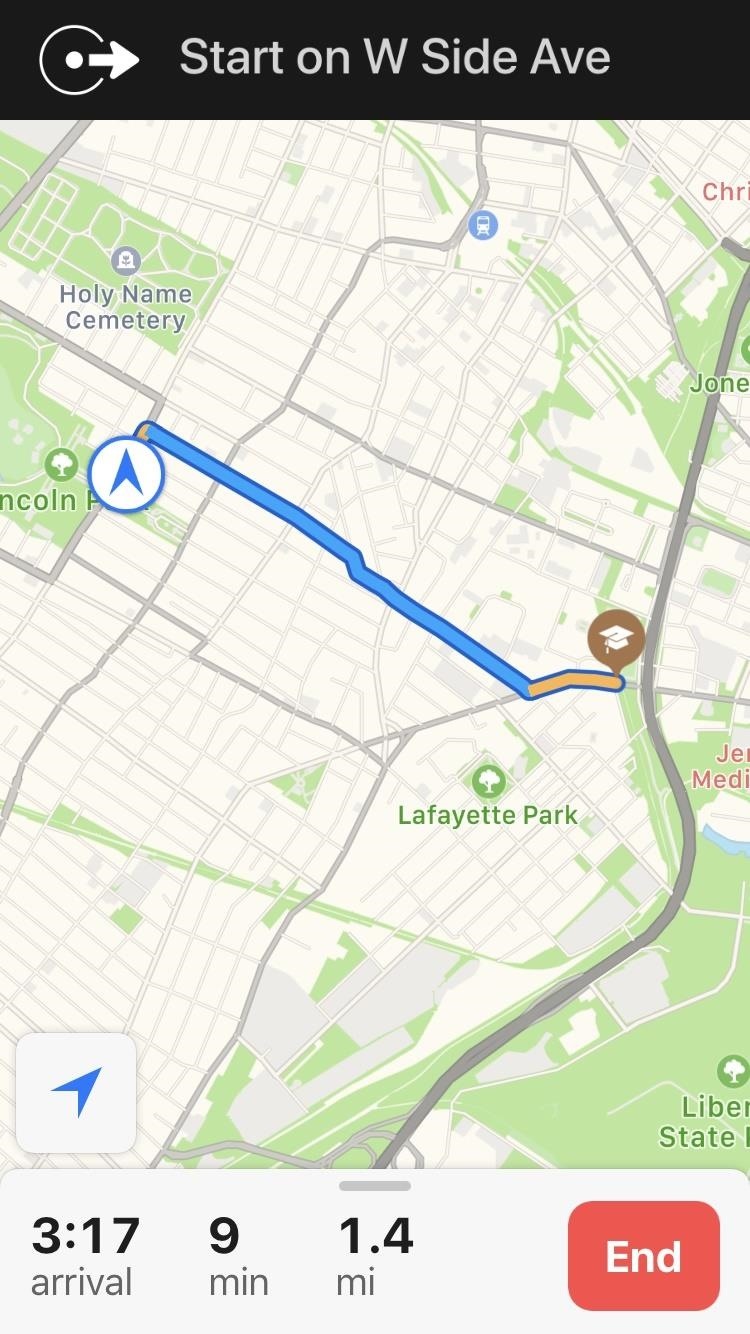This is the second post that I dedicate to talk about configurations using the new M1 Apple processor. As I said in the previous post, these configurations are workarounds until stable versions are released, however, for me, they have been useful and I guess that someone in the same situation as me can benefit from that.
This is a preview of some basic Android emulation functionality on the M1. There are still many issues, but apps work at a basic level. Edit /Applications/Android. I’d honestly look into running the iOS version if the app your interested in if possible in the meantime. Yeah waiting again, either android emulator can work properly on M1 chip or my apps has been put on IOS and Mac version. Brew install ant brew install maven brew install gradle brew install android-sdk brew install android-ndk Install all of the Android SDK components (you will be prompted to agree to license info and then this will take a while to run): android update sdk -no-ui Install HAXM for blazing fast emulators. Second option: Install zsh-syntax-highlighting using Homebrew on Mac M1. The new Macs with M1 chip use the arm64 CPU architecture. Rosetta 2 is an emulator built into macOS Big Sur that allows ARM Macs to run the old intel applications. To install Homebrew on Mac M1, run the installation command with the arch -x8664 prefix. Android Emulator M1 Preview. This is a preview of some basic Android emulation functionality on the M1. There are still many issues, but apps work at a basic level. To be updated soon with more fixes. The release tag corresponds to this commit: Known issues.
Using Android studio in the new Macbook Air
When you install Android Studio you will get the following warning:
Unable to install Intel® HAXM
Your CPU does not support VT-x.
Unfortunately, your computer does not support hardware-accelerated virtualization.
Here are some of your options:
1 - Use a physical device for testing
2 - Develop on a Windows/OSX computer with an Intel processor that supports VT-x and NX
3 - Develop on a Linux computer that supports VT-x or SVM
4 - Use an Android Virtual Device based on an ARM system image
(This is 10x slower than hardware-accelerated virtualization)
Creating Android virtual device
Android virtual device Pixel_3a_API_30_x86 was successfully created

And also in the Android virtual device (AVD) screen you will read the following warning:
If you want to learn more regarding virtualization in processors you can read the following Wikipedia article, the thing is that our M1 processor doesn’t support VT-x, however, we have options to run an Android Virtual Device.

As the previous message was telling us, we have 4 options. The easiest way to proceed is to use a physical device, but what if you haven’t one available at the moment you are developing?
From now on, we will go with the option of using an Android virtual device based on an ARM system image as options 2 and 3 are not possible to execute.
Using the virtual emulator
The only thing that you have to do is to download the last available emulator for Apple silicon processors from Github https://github.com/741g/android-emulator-m1-preview/releases/tag/0.2
Android Studio Apple M1 Emulator
Once you have downloaded you have to right-click to the .dmg file and click open to skip the developer verification.
After installing the virtual emulator, we have to open it from the Applications menu.
After opening it you will see Virtual emulator in Android Studio available to deploy your Android application. Make sure to have Project tools available in Android Studio (View -> Tool Windows -> Project)
After pressing the launch button you will get your Android application running in your ARM virtual emulator :-)
Conclusion
Macos M1 Android Emulator
In this post, we have seen that is possible to install Android Studio in Macbook Air M1 and use a virtual device even that your M1 doesn’t support VT-x. You can learn more about this emulator in the following references: